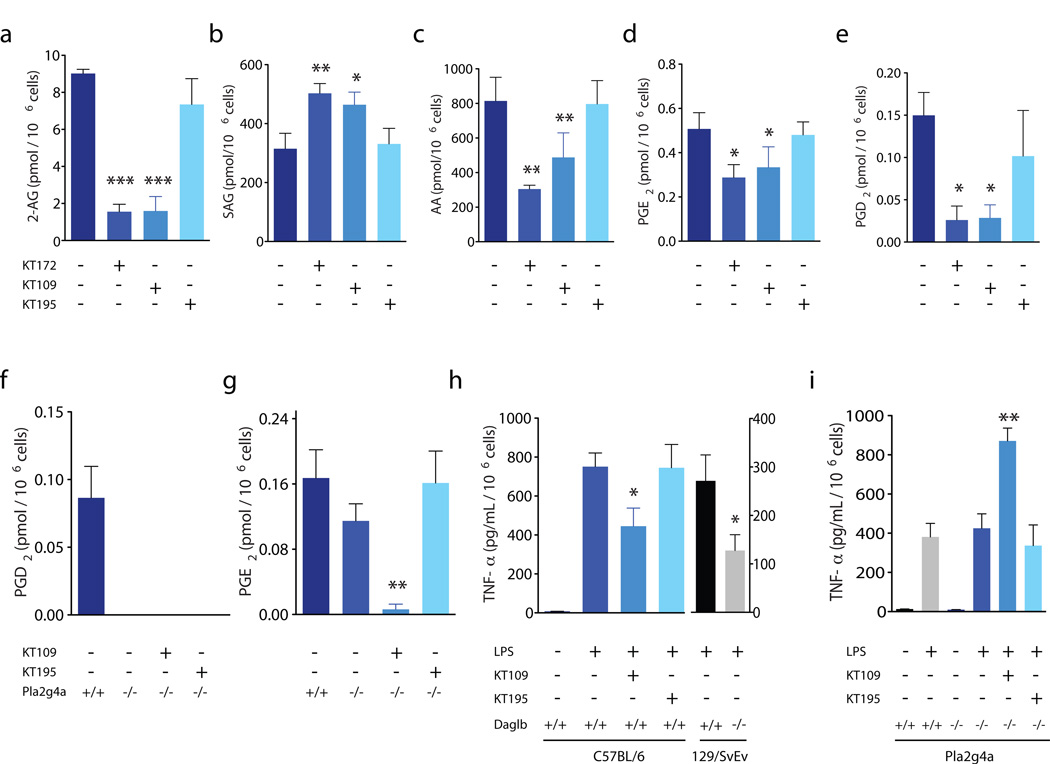Figure 5. Metabolic effects of DAGLβ inactivation in macrophages.
(a–e) Peritoneal macrophages from KT109- or KT172-treated, but not KT195-treated mice (5 mg per kg body weight, i.p. 4 h) showed significant reductions in 2-AG (a), AA (c), PGE2 (d), and PGD2 (e) and significant elevations in SAG (b) compared to macrophages isolated from vehicle-treated mice. (f, g) Peritoneal macrophages from Pla2g4a−/− mice showed marked reductions in PGD2 (f) and modest reductions in PGE2 (g) compared with Pla2g4a+/+ mice. Treatment of Pla2g4a−/− mice with KT109, but not KT195 (5 mg per kg body weight, i.p. 4 h) further reduced macrophage PGE2 content. (h) Lipopolysaccharide (LPS)-stimulated TNF-α levels secreted by macrophages from mice treated with vehicle, KT109, or KT195 (5 mg per kg body weight, i.p. 4 h). Macrophages were stimulated with LPS (5 µg mL−1, 90 min) prior to analysis of secreted TNF-α in conditioned media by ELISA. Daglb+/+ mice (C57BL/6) treated with KT109 show significant reductions in TNF-α compared to vehicle-treated or KT195-treated mice. TNF-α levels were also significantly reduced in Daglb−/− compared with Daglb+/+ mice (129/SvEv). (i) LPS-stimulated TNF-α was not significantly different between macrophages from Pla2g4a+/+ and Pla2g4a−/− mice. Treatment of Pla2g4a−/− mice with KT109, however, significantly enhanced TNF-α; KT195 did not produce this effect. Data are presented as means ± s.e.m.; n = 3–5 mice per group. *p < 0.05; **p < 0.01; ***p < 0.001 for all inhibitor-treated groups or Daglb−/− versus vehicle-treated or Daglb+/+ mice.

